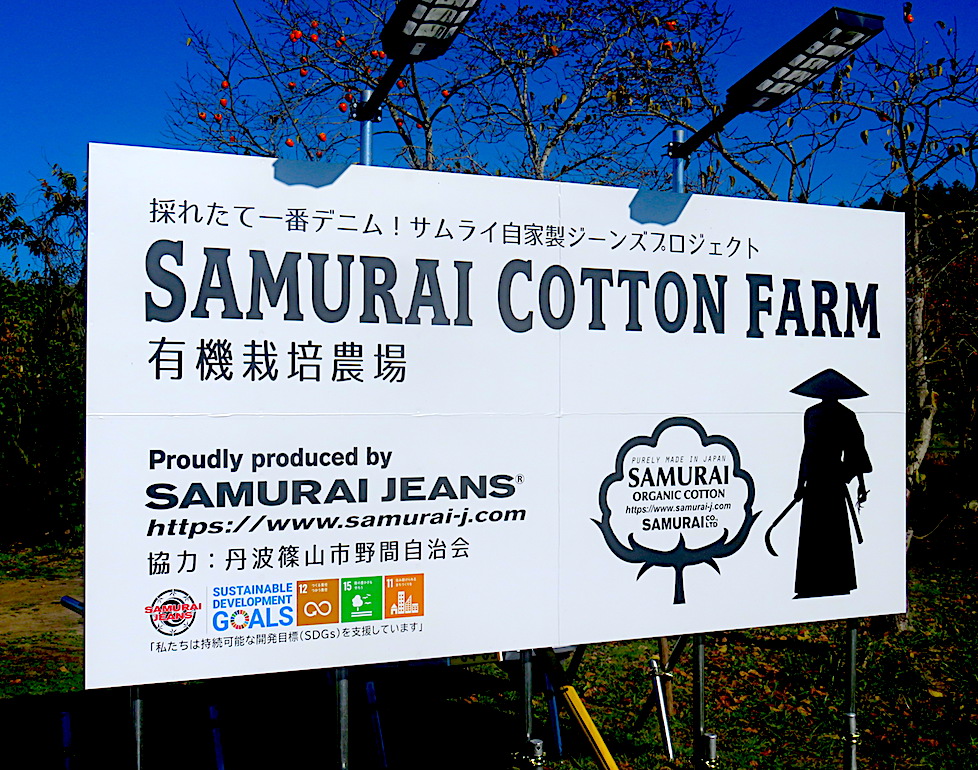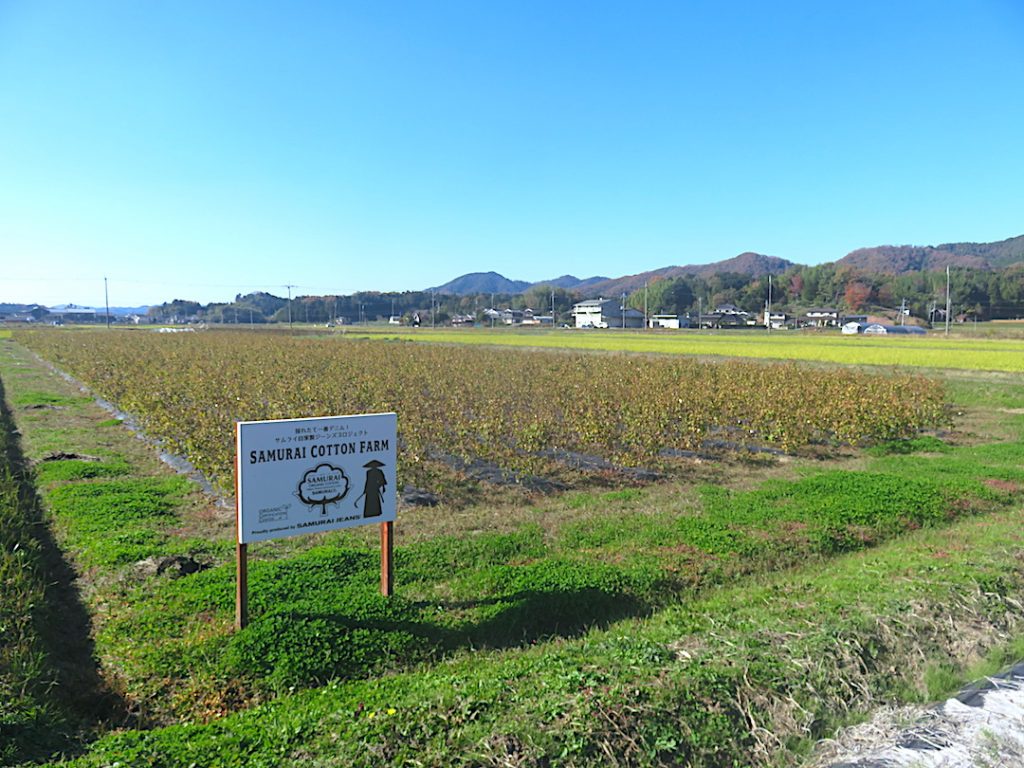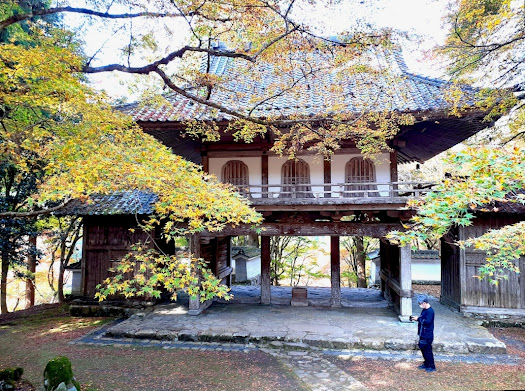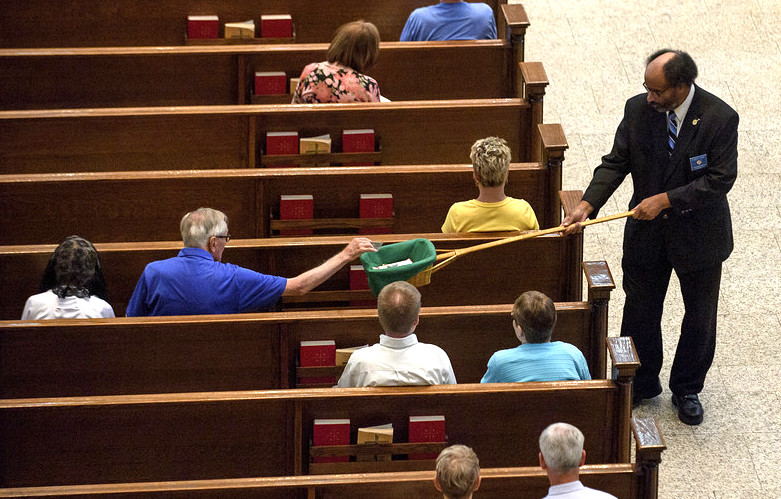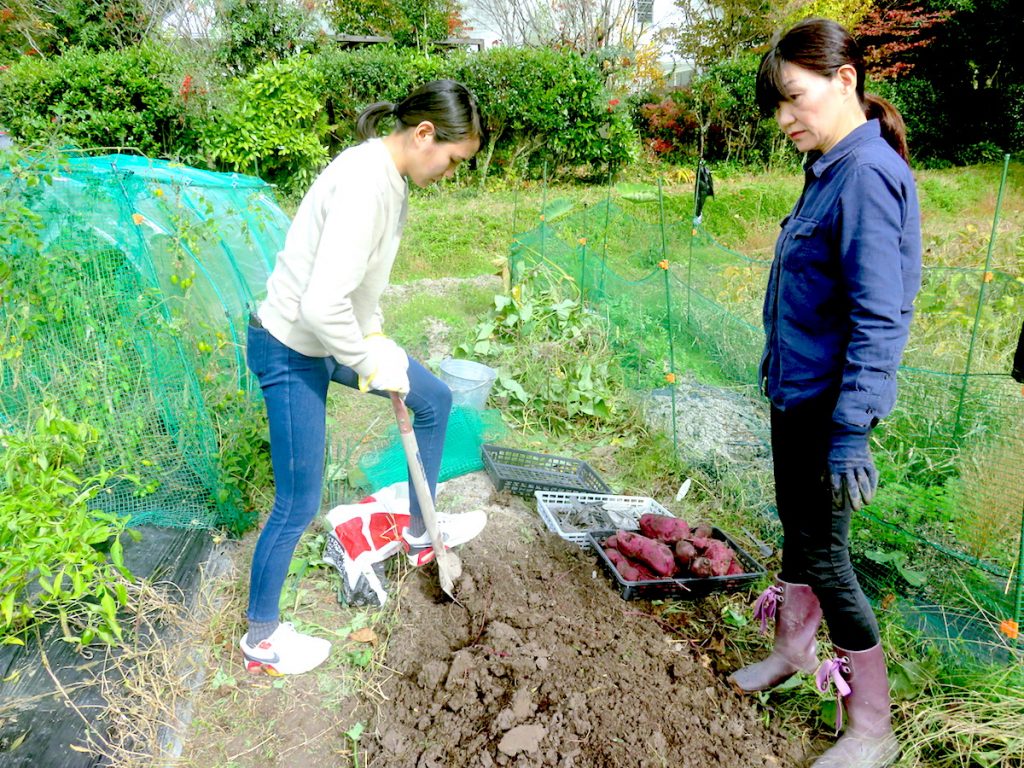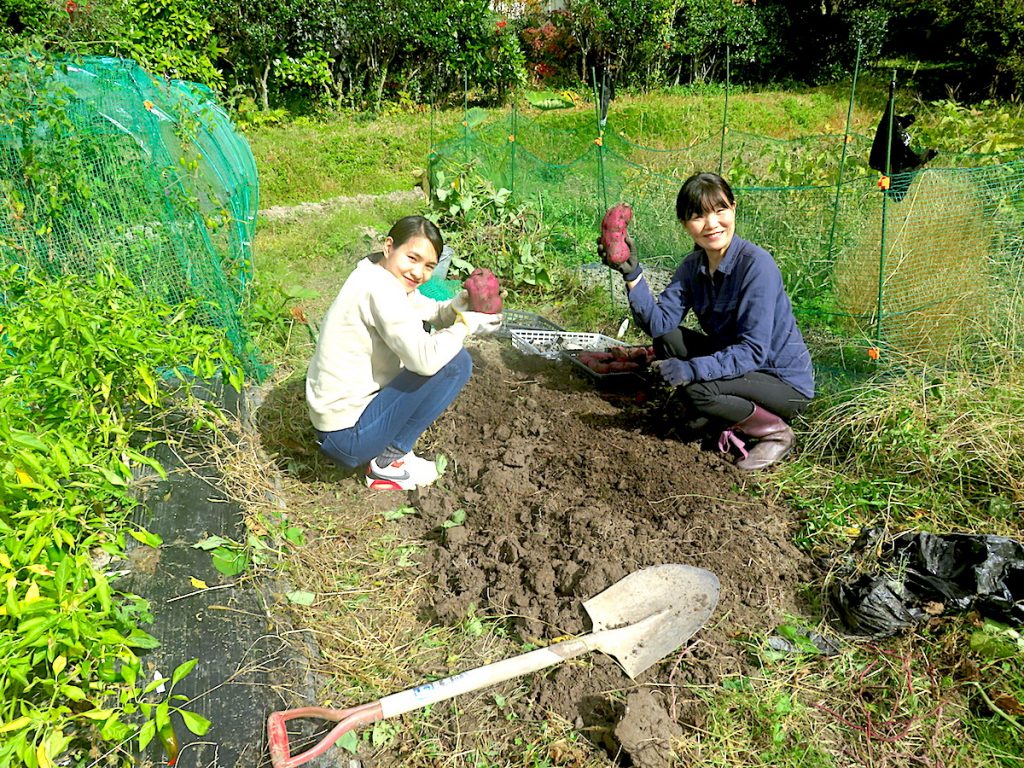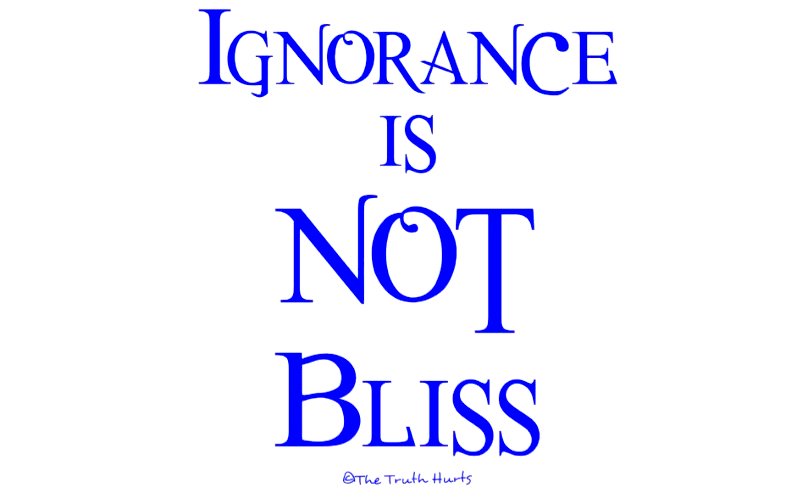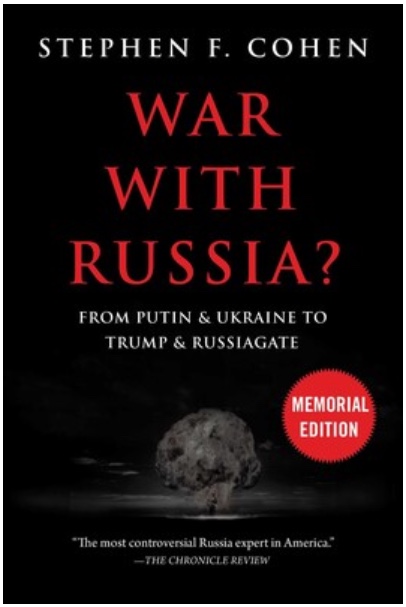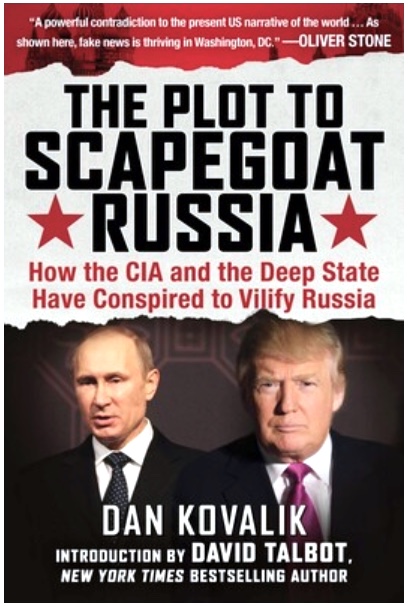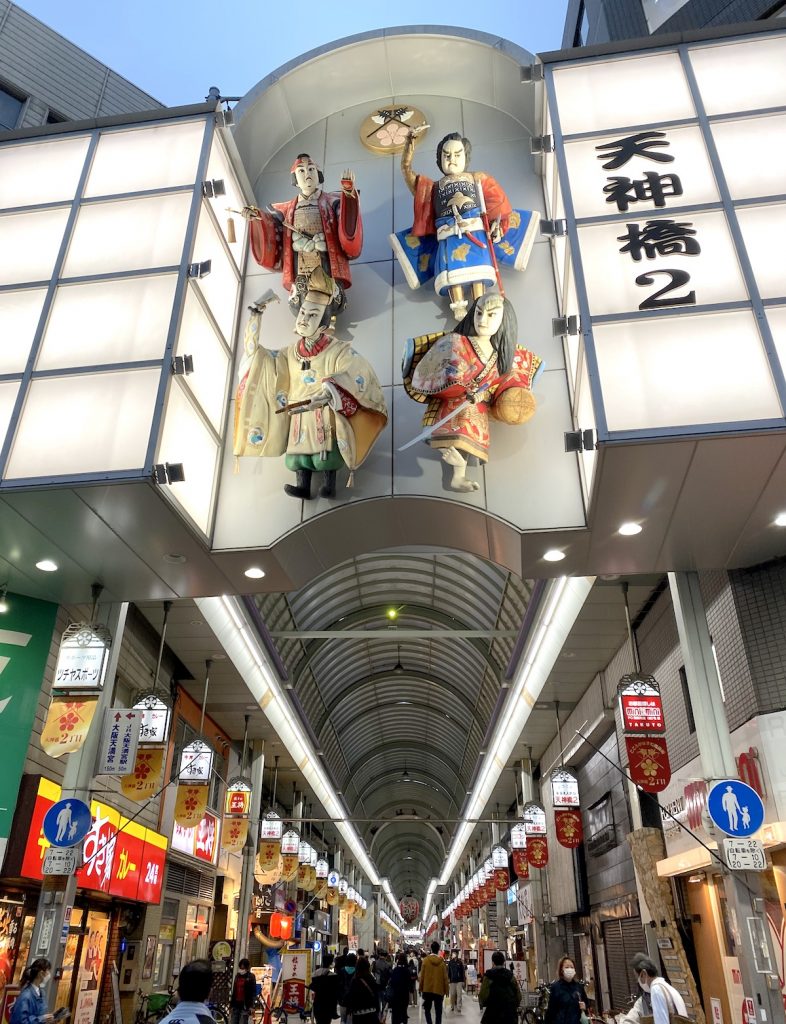
Let me be candid. I’m not much of a shopper. In fact, rating me one-to-ten on my talent and enthusiasm for shopping, I come in around -2.
I do like buying things. I need a shirt. I buy it. I need a new computer. I buy it.
But shopping? Wandering around, looking at stuff? Comparing prices? Judging quality? Looking at pros and cons, 99% of the time for unnecessary items, thus unpurchased?
I’m just too impatient, not at all interested.
At the same time, I recognize that shopping for many people is a barrel of fun, a great way to spend leisure hours. Even not buying stuff is fine for many. Just browsing, looking, evaluating, comparing, fantasizing — how would this look in the foyer? . . . or . . . does this go with that belt buckle I have at home? — provides “shoppers” hours of relaxation, discovery, even joy. It’s not the destination but the journey. Whatever.
So . . .
With my general antipathy toward shopping firmly in place, initially I didn’t consider my wife’s proposal last weekend with much enthusiasm. She suggested we go to the “longest shopping arcade in Japan” located in Osaka and look around. But we went, because I trust her judgment and what hell . . . Osaka is always wonderful to visit and you only live once. Or something along those lines.
Let me continue to be candid: What a phenomenal afternoon we had. The arcade is called Tenjinbashisuji Shotengai and it’s great! This is from Japan Travel and says it all . . .
“Tenjinbashisuji Shotengai stretches over 2600 meters covering a single long street, altogether seven Chome(s) (丁目- block) boasting 600 shops of various types. The LONGEST shopping street in Japan! From the traditional kimono shops to shops cramped with chicly designed cheap T-shirts, all the way to Osaka only Okonomiyaki restaurants, almost anything can be found in this ‘down-to-earth’ yet unique shopping street.”
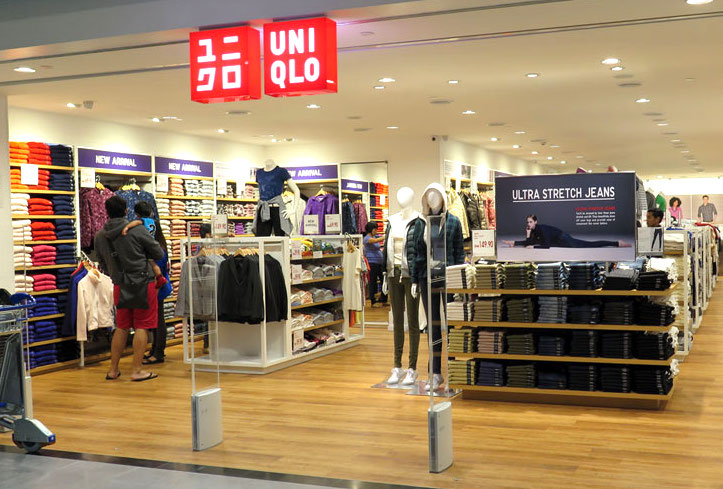
2600 meters! — 1.6 miles — which is a lot of shopping. But like it says, not your typical shopping. NO CHAIN STORES! I hate chain stores! Well . . . that’s not quite true. I do buy things at chain stores, when they have something I want. There’s a clothing chain here called Uniqlo — they even have one in New York City I visited several years ago! — which specializes in purely functional attire, no designer label brands, just what is perfectly fine for everyday wear. Half of my wardrobe is Uniqlo.
But generally chain stores are a plague, a global plague turning thousands of malls and arcades into boilerplate shopping experiences, one almost indistinguishable from another.
So the longest shopping arcade in Japan was a truly unique, I have to say fun, experience. All individual shops, some very interesting, and unlike most of what’s sold in the name brand stores, very affordable. Apparently unconsciously sustaining a sweet tooth that day, I bought mountain flower honey and short bread cookies. Also some fresh vegetables.
Does it get better than that?
